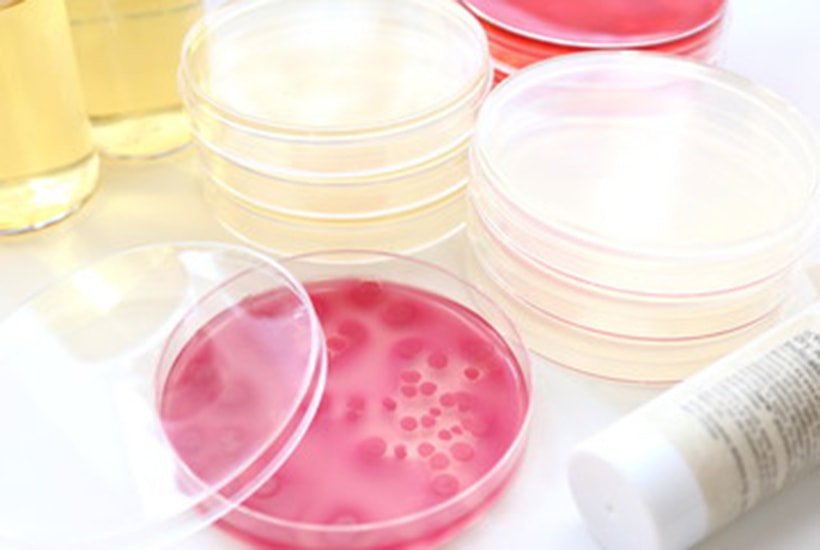Hydroxyethoxyphenyl Butanone (HEPB), also known as Ethylzingerone, is a cosmetic ingredient used as a skin conditioning agent in cosmetics and personal care products. Until 2019, this ingredient was not regulated under the European Cosmetic Regulation No. 1223/2009. 1,2
In 2015, a dossier from the industry was submitted to the European Commission’s Scientific Committee on Consumer Safety (SCCS), to support the safety of HEPB when used as a preservative in rinse-off, oral and leave-on cosmetic products. The SCCS issued a first opinion in 2017, concluding that the use of HEPB as cosmetic preservative at a maximum concentration of 2.0%, under an aggregate exposure scenario for cosmetics, was not safe in rinse-off, oral care and leave-on cosmetic products. Nevertheless, at a maximum concentration of 0.7%, Hydroxyethoxyphenyl Butanone as a cosmetic preservative could be considered safe in cosmetic products (rinse-off, leave-on and oral care). 3
According to the Cosmetics Regulation No. 1223/2009 a substance authorised as preservative at specific conditions of use (e.g. maximum concentration) can only be used for other purposes at the same conditions of use set up for the preservative function. Since HEPB is also used as a skin conditioning agent, the SCCS stated that this ingredient “cannot be used as a conditioning agent at concentrations higher that that one authorised for the preservative function”. 1,3
In 2019, the SCCS issued an updated opinion on Ethylzingerone (submission II), re-affirming the previous conclusion and stating that the use of HEPB as a cosmetic preservative in rinse-off, oral care and leave-on cosmetic products with a maximum concentration of 0.7% is considered safe with regard to eye irritation. 4
On November 6 2019, HEPB was added to Annex V to the Cosmetics Regulation (EC) No. 1223/2009. This ingredient is allowed for use as a preservative agent in rinse-off, oral care and leave-on cosmetic products at a maximum concentration of 0.7% in ready for use preparation. 5
References:
1. Regulation (EC) No 1223/2009 of the European Parliament and of the Council of 30 November 2009 on cosmetic products.
2. Cosing – European Commision database for information on cosmetic substances and ingredients.
3. Scientific Committee on Consumer Safety (SCCS) – Opinion on Ethylzingerone – Hydroxyethoxyphenyl Butanone (HEPB) (Cosmetics Europe No P98), 2017
4. Scientific Committee on Consumer Safety (SCCS) – Opinion on Ethylzingerone – ‘Hydroxyethoxyphenyl Butanone’ (HEPB) – Cosmetics Europe No P98 – CAS No 569646-79-3 – Submission II (eye irritation), 2019
5. Commission Regulation (EU) 2019/1858 of 6 November 2019, amending Annex V to Regulation (EC) No 1223/2009 of the European Parliament and of the Council on cosmetic products.















